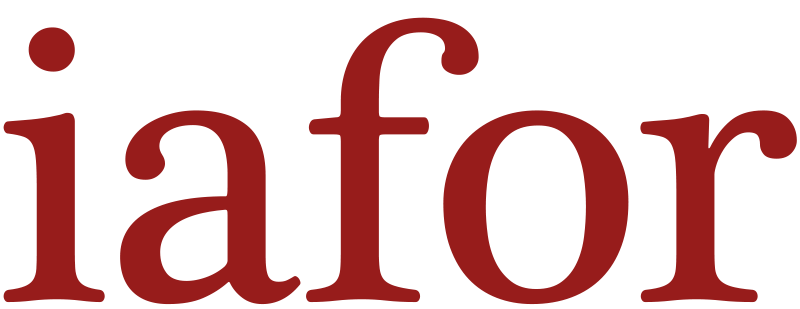Authors:
Jorge Reyna, University of Technology, Sydney, Australia
Peter Meier, University of Technology, Sydney, Australia
Email: jorge.reyna@uts.edu.au
Published: December 1, 2018
https://doi.org/10.22492/ije.6.3.06
Citation: Reyna, J., & Meier, P. (2018). Learner-Generated Digital Media (LGDM) as an Assessment Tool in Tertiary Science Education: A Review of Literature. IAFOR Journal of Education, 6(3). https://doi.org/10.22492/ije.6.3.06
Abstract
Learner-Generated Digital Media (LGDM) in tertiary science education focuses on research skills, inquiry, active learning, teamwork, and collaboration. LGDM across disciplines is under-theorised, under-researched, and only in its early development. This paper evaluates the research in the field of LGDM in tertiary science education. The literature review had four stages – identification, screening, filtering, and selection of relevant scholarly research. Results showed that research in the field of LGDM assignments had been done without a systematic approach to designing, implementing, and evaluating the assessment task. Most studies neglected student digital media training and are characterised by a lack of compelling marking rubrics or strategies to ensure efficient groupwork. Studies also lack rigorous methodologies for data capture to evaluate the intervention and they use small sample size cohorts and different digital media types that require different sets of production skills. With the empirical data available, validation of the benefits of LGDM assignments in science education is not possible, and studies have limited scalability. These gaps in the literature create a need to develop theoretical models for the design, implementation, and evaluation of LGDM in the classroom. This paper discusses future research needs in this field and the implications for assessment design.
Keywords
learner-generated digital media, digital media literacies, science education, student-created content, authentic assessments
